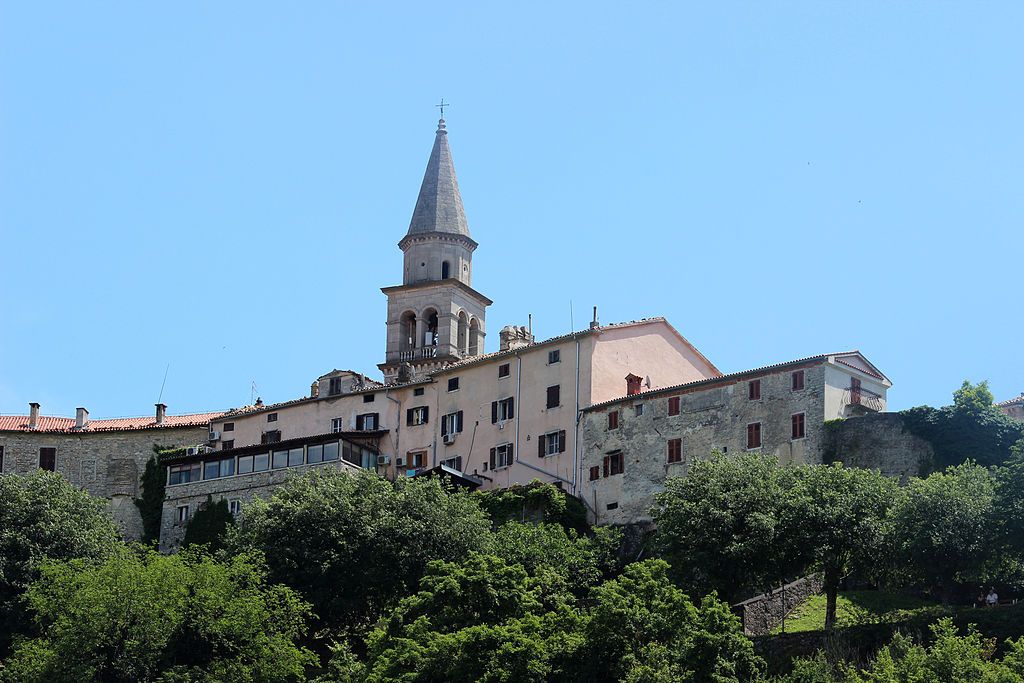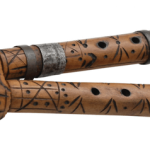Istrian white truffles have quite an interesting origin story: they used to be fed to the pigs at first, then exported and passed off as Italian, until a major fateful discovery turned things around. A look at the history of the renowned feature of Croatian gastronomy on January 10, 2018
Truffles and Istria, a story for the ages. “The precious mushroom is literally measured in grams, like gold”, said Antonella Zigante, a member of Istria’s best known truffle dynasty, during the latest edition of the longest truffle festival in the world. Zigante Truffle Days take place in Livade, a small Istrian town with the enviable reputation of a global truffle centre. Last year, the manifestation went on for ten weeks in total, luring thousands of visitors from all over the world. Everyone wanted a taste of the pungent treat.
The festival didn’t exactly make the Guinness Book of World Records, but the Zigante family isn’t losing any sleep over it. They already have their Guinness win: the (now former) biggest white truffle ever found.
When you think of the booming truffle industry, one of the many factors that launched Istria to the upper echelon of gastronomic regions worldwide, it’s hard to recall the early days. When did Istrians first realise they have a potential winner on their hands and started poking around their local forests in search for the coveted nuggets?

Buzet
BBC’s David Farley travelled straight to the source to learn more about the origin of the truffle fame and met with Višnja Prodan, a third-generation truffle hunter from Buzet. The picturesque hilltop town in central Istria stands as the other famous truffle destination alongside Livade, and is branded as the City of Truffles.
It was the Buzet area where the first Istrian truffles were found in the 60s; up until that point, world’s most famous white truffles originated from the Italian forests around Alba town in the Piedmont region. And then, one day, Prodan’s grandfather uncovered a precious mushroom on accident. The Istrian truffle’s rise to fame didn’t happen overnight, though, as the locals remained skeptical about the new discovery: they dubbed them ‘stinky potatoes’ and fed them to the pigs.
Those stinky potatoes soon sparked interest over the border, so truffle dealers from Alba offered the Istrians a trade: Italian gastro products that were impossible to procure in Yugoslavia in exchange for the truffles. For the next couple of decades, the Italians passed off Istrian truffles as tartufi d’Alba without raising any flags – there was no reason to market Istria as a truffle destination, as the hunters were receiving generous compensation as it was. They didn’t really care about the copyright.
It took a memorable occasion for things to change. On 2 November 1999, truffle hunter Giancarlo Zigante and his dog Diana stumbled upon a 1.3 kg white truffle in an Istrian forest. The massive chunk made it into the Guinness Book of World Records. It has since been outweighed by a 1.7 kg truffle unearthed in central Italy in 2014, but Zigante’s discovery made a large enough impact at the time to affect the future of Istria’s gastronomy.
Here’s why: upon discovering the record-winning truffle, Zigante made a decision that might have seemed foolish to the locals, but proved to be incredibly business-savvy in the long run. Instead of selling the gigantic truffle, he prepared a feast for the locals, reached out to the press, an even invited the late president Franjo Tuđman. Zigante and his town made news, and Istria became a well-known truffle paradise shortly thereafter. Come to think of it, the rise to fame did kind of happen overnight.
Nowadays, Istria hosts multiple truffle festivals in autumn – they’re in season from September to November – but the delicacy remains popular all year round. A fine example of branding done well and a strong foundation for further development of Istria’s gastro tourism. And to think it all started from premium-quality pig food…









